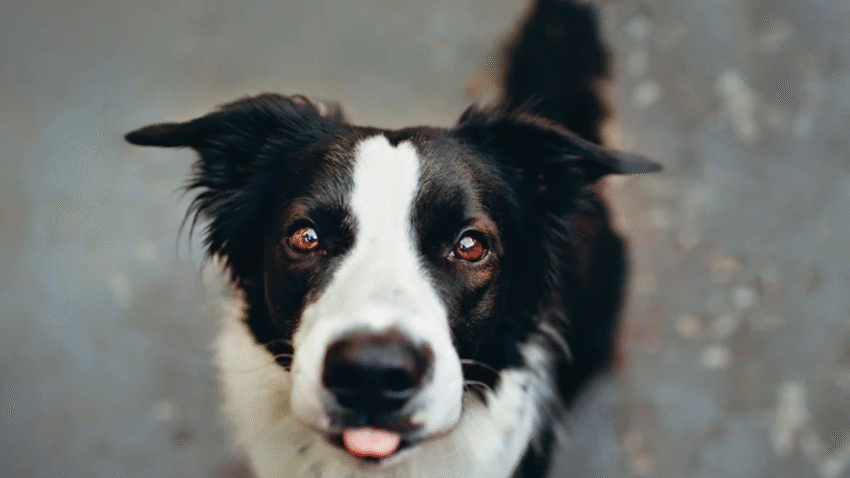Introduction
Do you feel overwhelmed trying to squeeze long training sessions into your busy schedule? Good news—effective dog training doesn’t have to take hours. In fact, short and focused sessions often yield better results. In this guide, you’ll learn how to keep dog training sessions short and effective while boosting your dog’s learning, focus, and enjoyment. Whether you’re teaching basic commands or new tricks, less really can be more.
Why Short Training Sessions Work Best
Dogs—especially puppies—have short attention spans. Long or repetitive training can lead to boredom, frustration, or resistance. Short sessions, on the other hand:
- Keep your dog motivated and focused
- Make training fun instead of stressful
- Allow for faster, more consistent learning
- Fit easily into your daily routine
Training in small, high-quality bursts helps your dog retain information better and respond more reliably over time.
Step-by-Step Guide to Short and Effective Training
Here’s how to get maximum results from your training sessions in 5 to 10 minutes a day.
1. Set Clear Goals Before You Start
Before each session, decide what you want to focus on:
- Teaching a new behavior (e.g., “Sit,” “Stay,” “Leave it”)
- Reinforcing a known command
- Practicing in a new environment with distractions
Having a single, focused goal prevents confusion and makes the session more productive.
2. Keep Sessions Between 3 to 10 Minutes
- Puppies or beginner dogs: 3 to 5 minutes is ideal
- Adult or experienced dogs: 5 to 10 minutes is sufficient
- End on a positive note before your dog gets bored or distracted
It’s better to do multiple mini-sessions throughout the day than one long, tiring one.
3. Use High-Value Rewards
- Choose treats your dog loves but only gets during training (e.g., bits of chicken or cheese)
- Use verbal praise or a clicker to mark correct behavior, then immediately give the reward
- Mix in affection, toys, or games depending on what motivates your dog
High-value rewards keep engagement high and reinforce learning quickly.
4. Limit Distractions at First
Start in a quiet, low-distraction space like your living room or backyard.
- Once your dog understands the behavior, gradually introduce distractions.
- Practice commands in various locations to build generalization.
Keeping distractions low at first ensures your dog can focus and succeed.
5. Stick to One Behavior per Session
Trying to teach too many things at once leads to confusion. Focus on one skill:
- Teach “Sit” in the morning
- Practice “Stay” in the afternoon
- Work on leash walking in the evening
This approach sharpens your dog’s focus and helps them master one command at a time.
6. Watch for Signs of Fatigue or Frustration
Signs your dog needs a break include:
- Yawning
- Looking away or ignoring commands
- Sniffing the ground
- Walking away
If you see these signs, end the session and try again later. Always finish with a command your dog knows well to end on success.
7. Use the “Three Reps Rule”
Do a behavior no more than 3 to 5 times in a row before changing pace or taking a break.
- Too much repetition = boredom
- End a successful rep with a short play session or praise
Quality over quantity builds stronger, faster learning.
Common Mistakes to Avoid
1. Overtraining in One Session
Doing too much can lead to confusion and mental exhaustion. Stick to short bursts and stop while your dog is still engaged.
2. Training When Your Dog Is Tired or Hungry
You’ll get better results when your dog is alert, well-rested, and slightly hungry (not starving). Avoid training after meals or intense exercise.
3. Ending on a Bad Note
If your dog struggles at the end of a session, try an easy command like “Sit” or “Touch,” reward success, and end there.
4. Inconsistent Cues or Timing
Changing your hand signals, tone of voice, or timing can confuse your dog. Be consistent with your commands and rewards.
5. Training Only Once a Week
Dogs learn best through frequent, short sessions—ideally 2 to 3 mini-sessions per day.
Extra Tips & Recommendations
Tip 1: Use “Micro-Sessions” Throughout the Day
Sneak in training during daily routines:
- Ask for “Sit” before meals
- Practice “Stay” before opening the door
- Use “Come” during playtime
These short moments reinforce learning without needing a dedicated session.
Tip 2: Keep a Training Log
Track what you practiced, how your dog responded, and what needs improvement. A log helps you stay organized and see progress over time.
Tip 3: End With a Game
Wrap up each session with tug, fetch, or play. It reinforces a positive association with training and keeps your dog looking forward to the next session.
Conclusion
Keeping dog training sessions short and effective is one of the smartest things you can do for both you and your dog. By focusing on one goal at a time, using high-value rewards, and practicing for just a few minutes a day, you’ll see faster results and a happier, more responsive pup. Short training builds long-term success—one small session at a time.
📌 Bookmark this article to stay motivated and consistent in your dog training journey!
